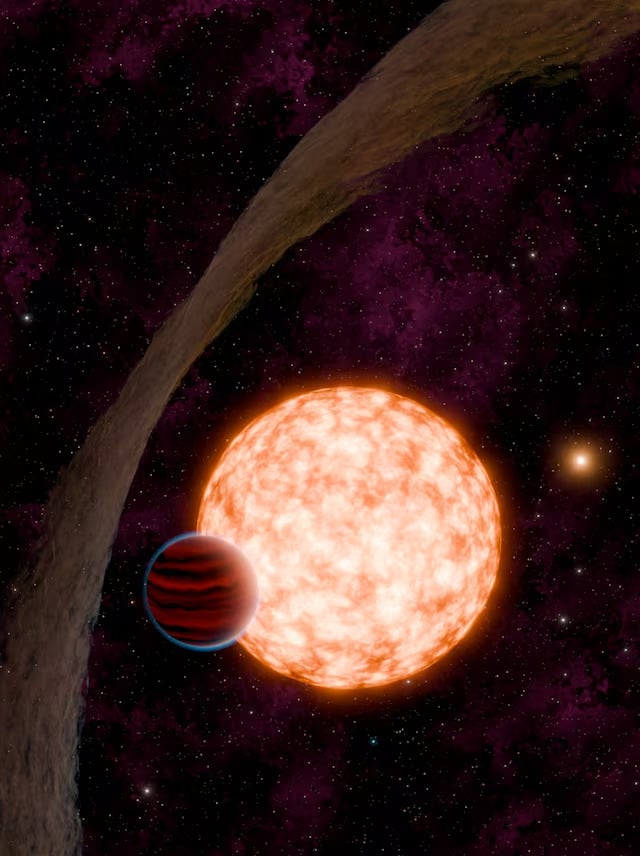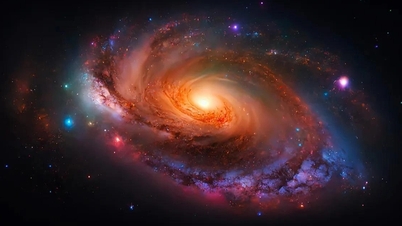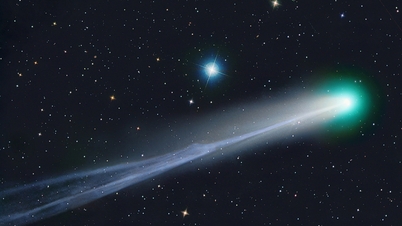(CLO) Astronomers have just discovered a new planet orbiting a young star and taking only 3 million years to form, a discovery that challenges current understanding of planet formation rates.
The “baby” planet, estimated to be between 10 and 20 times the mass of Earth, is one of the youngest planets outside the Solar System ever discovered. The exoplanet is nestled next to the remnants of a dense disk of gas and dust surrounding its host star, which provided the ingredients for planet formation.
The star it orbits is expected to become an orange dwarf, less hot and about 70% the mass of the Sun, and half as luminous. It is located in the Milky Way, about 520 light-years from Earth. A light-year is 9.5 trillion kilometers.
“This discovery confirms that planets can be in a coherent form within 3 million years, which was previously unknown because Earth took 10 to 20 million years to form,” said Madyson Barber, a graduate student in the physics and astronomy department at the University of North Carolina at Chapel Hill (UNC) and lead author of the study.

Illustration of a planet and its host star. Photo: NASA
The planet, named IRAS 04125+2902 b and TIDYE-1b, orbits its star every 8.8 days. Its distance from its host star is about 20% the distance between Mercury and the Sun. It is less dense than Earth and about 11 times larger in diameter. Its chemical composition is unknown.
Researchers suspect the planet formed farther away from its star and then migrated inward, as forming large planets close to a star is difficult.
The planet was discovered by NASA's Transiting Exoplanet Survey Satellite, or TESS, space telescope. "It's the youngest known transiting planet," Barber said.
Stars and planets form from interstellar clouds of gas and dust. “To form a star-planet system, the gas and dust cloud would collapse and rotate into a flat environment, with the star at the center and a disk surrounding it. Planets would form in that disk. Then the disk would dissipate, starting from the inner region near the star,” Barber said.
Ngoc Anh (according to Reuters)
Source: https://www.congluan.vn/phat-hien-hanh-tinh-la-dang-nhanh-chong-hinh-thanh-post322583.html







![[Photo] Urgently help people soon have a place to live and stabilize their lives](/_next/image?url=https%3A%2F%2Fvphoto.vietnam.vn%2Fthumb%2F1200x675%2Fvietnam%2Fresource%2FIMAGE%2F2025%2F12%2F09%2F1765248230297_c-jpg.webp&w=3840&q=75)









































































![[Photo] General Secretary To Lam works with the Standing Committees of the 14th Party Congress Subcommittees](https://vphoto.vietnam.vn/thumb/402x226/vietnam/resource/IMAGE/2025/12/09/1765265023554_image.jpeg)

































Comment (0)